The US imposed the first round of tariffs on imports from Chinese manufacturers on everything from gas turbines to self-propelled bulldozers – and bearings – on July 6, 2018. A second set of tariffs went into effect on August 23, and a third wave has been extended until September 5.
Bearing Tariffs under Section 301
On August 18, 2017, the Office of the United States Trade Representative (USTR) initiated an investigation under Section 301 of the Trade Act of 1974 into the acts, policies, and practices related to technology transfer, intellectual property, and innovation of the Chinese government.
The investigation found that “the acts, policies, and practices of the Chinese government related to technology transfer, intellectual property, and innovation are unreasonable or discriminatory and burden or restrict U.S. commerce.”
The USTR created a list of products imported from China and added an additional 25% tariff, on top of the current duty rate, to compensate for the $50 billion in annual economic harm caused to the US economy.
The first phase of tariffs covered:
- Single and double row radial bearings, ball bearings – 8482.10.50
- Mast guides and chain sheeves – 8482.10.50
- Cylindrical roller bearings/CAM followers – 8482.50.00
- Needle roller bearings – 8482.40.00
- Inner/outer races – 8482.99.05
The August 23 phase includes:
- Spherical plain bearings – 8483.30.80
- Rod ends, ball joints – 8483.30.80
- Self-lubricating/bushing – 8483.30.80
If the third phase takes effect, the products involved include:
- Threaded rods
- Chain anchor bolts
The bottom line: Bearing manufacturers do not have many options when it comes to the tariffs. Some may move production to other countries, institute a surcharge on orders or increase automation to lower costs internally.
However bearing and bushing manufacturers choose to react, the tariffs will be in effect until a resolution between the US and China is established.


